Gut Health: Why It’s Important for Body Composition and How to Improve It.
As a personal trainer working with a wide array of clients over the years, I soon became aware of the health of your gut and the important of digestion is essential for your overall well-being and plays a huge role in your body composition goals.
Gut Health and Body Composition
Gut health is important for body composition goals because the gut microbiome plays a role in regulating appetite, digestion, and metabolism. A healthy gut microbiome can help you feel fuller longer, digest food more efficiently, and burn more calories. Conversely, an unhealthy gut microbiome can lead to overeating, weight gain, and difficulty losing weight. If your not absorbing the nutrients that you are ingesting then this can lead you down the road to many nutritional deficiencies. My wife who is a medical herbalist and natural medicine practitioner has told me many times the first thing that is required to get fixed is the gut before anything else because if we can’t get the nutrients to where we need them to go then we won’t be able to treat what we are trying to treat. Gut health is number 1!
There are a number of things you can do to improve your gut health and support your body composition goals. These include eating a healthy diet rich in fruits, vegetables, and; avoiding processed foods and grains limiting alcohol; optimising sleep; managing stress; and taking probiotics. When we onboard personal training clients at Soma Fitness the first thing we look at is our clients Digestion, Sleep and Stress, we know that if any of these areas are struggling we need to address immediately and what it beyond a personal trainers scope of practice we would refer to a natural medicine practitioner.
If you are struggling to reach your body composition goals, it is important to consider your gut health. By making small changes to your diet and lifestyle, you can improve your gut health and boost your chances of success.
Here are some additional details about how gut health can affect body composition:
- Appetite regulation: The gut microbiome produces hormones that regulate appetite. A healthy gut microbiome can help you feel fuller longer, which can lead to weight loss.
- Digestion: The gut microbiome helps to break down food and absorb nutrients. A healthy gut microbiome can improve your digestion and help you get the most out of the foods you eat.
- Metabolism: The gut microbiome plays a role in metabolism. A healthy gut microbiome can help you burn more calories and lose weight.
Your gut is home to trillions of bacteria, viruses, and fungi, which make up your gut microbiome. These microorganisms play a vital role in digestion, immunity, and brain health.
Why is gut health important?
There are many reasons why gut health is important. Here are a few of the most important:
- Digestion: Your gut microbiome helps to break down food and absorb nutrients. If your gut health is not good, you may experience digestive problems such as bloating, gas, constipation, or diarrhoea.
- Immunity: Your gut microbiome plays a role in your immune system. Healthy gut bacteria help to keep your immune system strong and fight off infection.
- Brain health: Your gut microbiome also affects your brain health. Healthy gut bacteria produce neurotransmitters such as serotonin, which play a role in mood, sleep, and appetite.
- Weight management: Your gut microbiome may also play a role in weight management. Some studies have shown that people with obesity have different gut bacteria than people with a healthy weight.
How to improve gut health:
There are many things you can do to improve your gut health. Here are a few tips:
- Eat a healthy diet: A healthy diet for gut health includes plenty of fruits, vegetables, root vegetables, and fermented foods like sauerkraut, kimchi, kefir etc.
- Limit processed foods: Processed foods are often high in unhealthy fats, refined sugar, and refined salt, which can damage your gut health and damage your intestinal villi.
- Manage stress: Stress can have a negative impact on your gut health. Find healthy ways to manage stress, such as breathing exercises, resistance training, cardiovascular training, yoga, or meditation.
- Get enough sleep: Sleep is essential for gut health. When you don’t get enough sleep, your gut bacteria may become imbalanced. It is also important to improve the quality of your sleep not just the duration.
- Take probiotics: Probiotics are live bacteria that are similar to the bacteria that naturally live in your gut. Taking probiotics can help to improve your gut health.
Gut health is important for your overall well-being. By following the tips above, you can improve your gut health and reap the many benefits that come with it.
Here are some additional tips for improving gut health:
- Avoid antibiotics unless they are absolutely necessary. Antibiotics can kill off both good and bad bacteria in your gut.
- If you have any digestive problems, talk to a natural health practitioner or a medical herbalist. They can help you determine the cause of your problems and recommend treatment options.
- Don’t smoke or drink too much alcohol. These substances can seriously damage your gut health.
- Get regular exercise. Exercise helps to keep your gut healthy by promoting the growth of good bacteria.
Taking care of your gut health is an important investment in your overall health and well-being. If you feel like you have a compromised gut then I strongly suggest you follow these steps, if you try and you are still having issues then I advice you speak with a professional, Madalina from the natural roots has a huge amount of experience with all types of conditions, reach out to us and we can connect you with her.

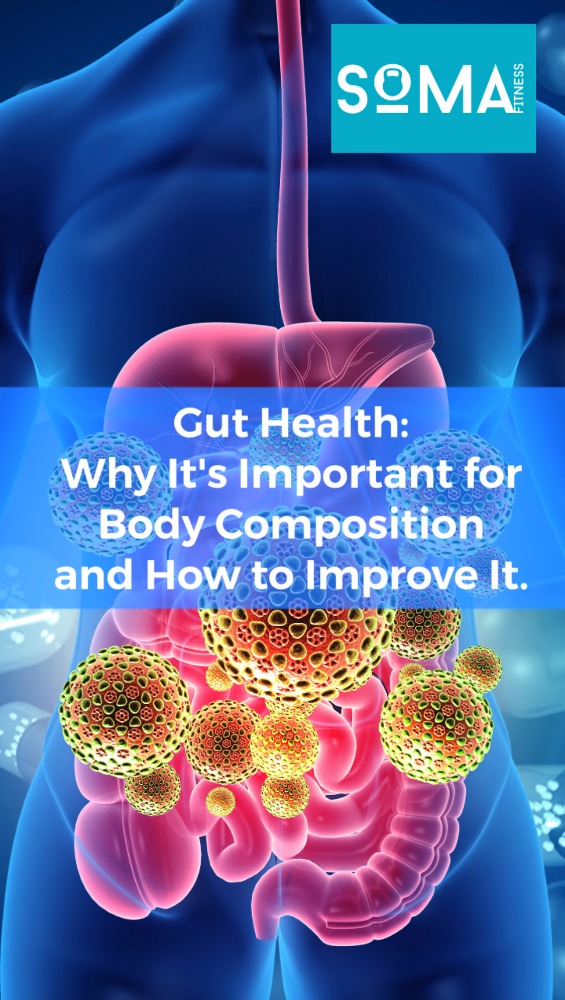


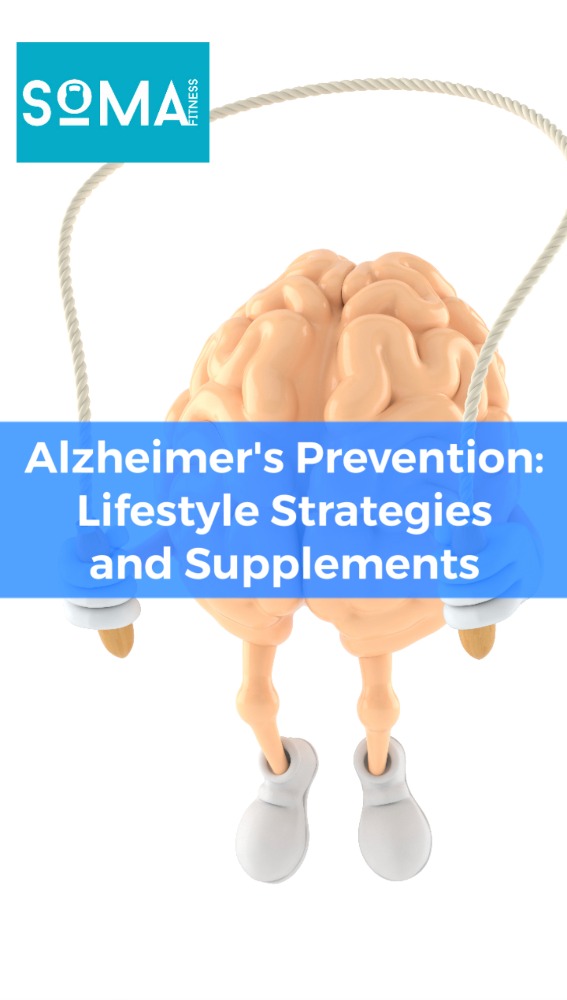
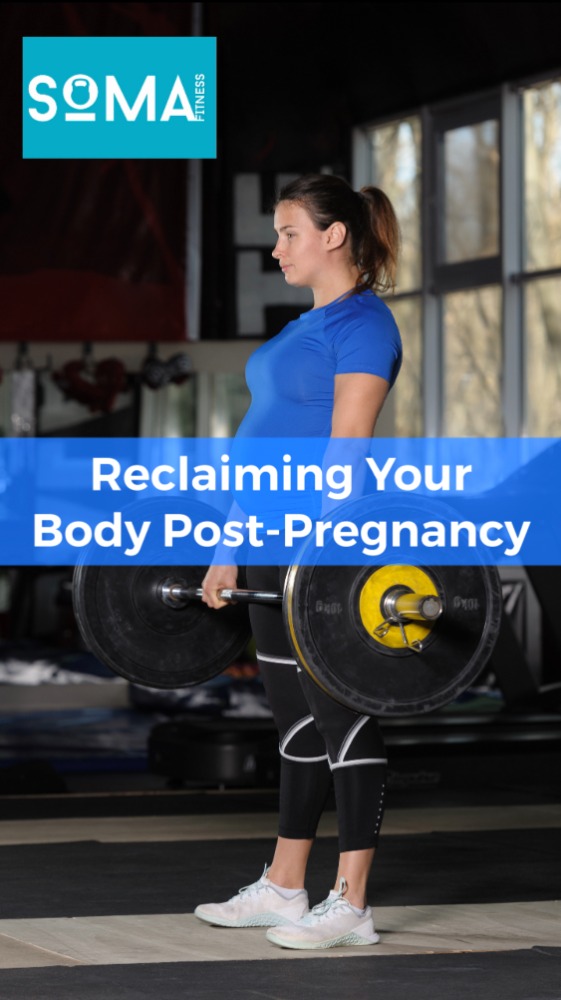
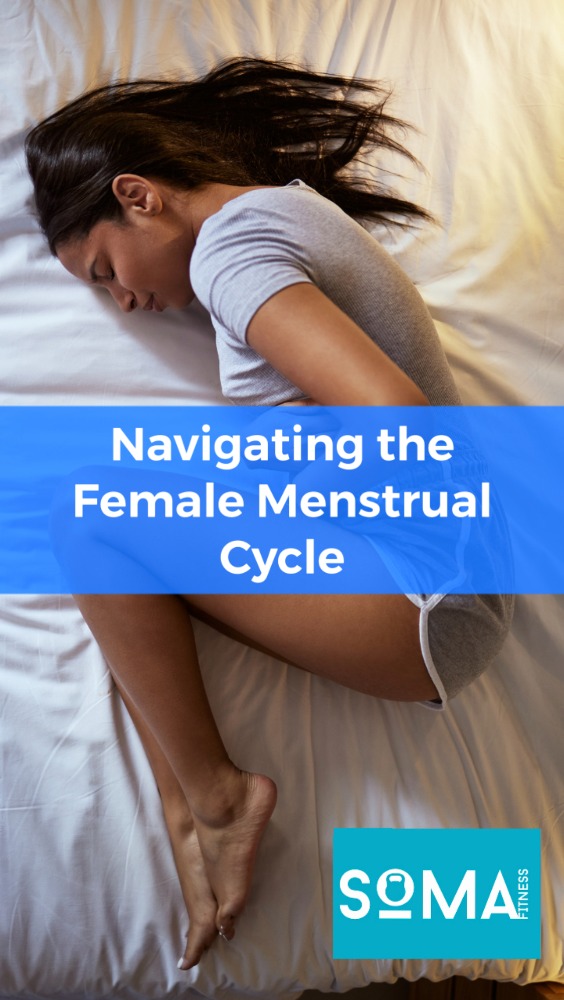

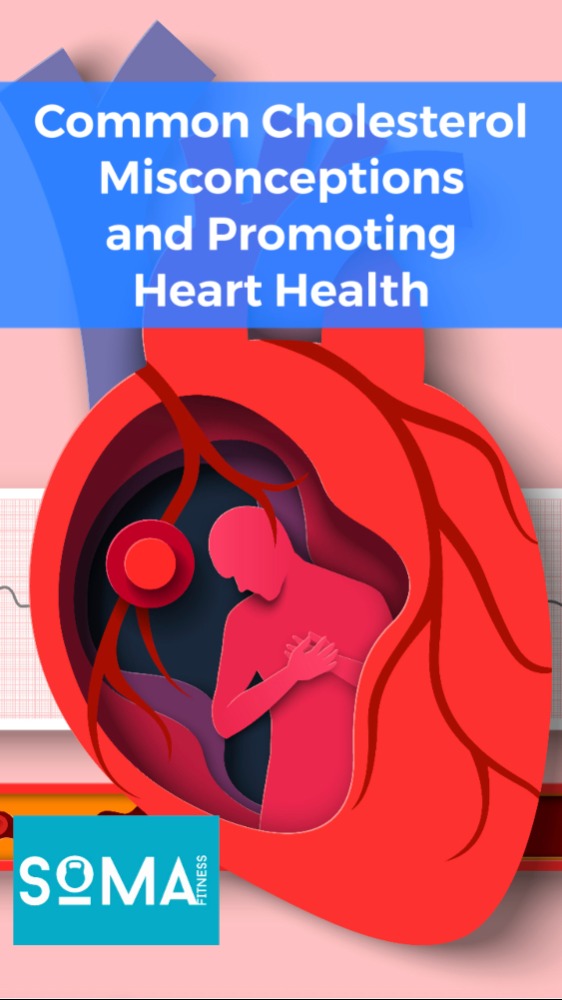
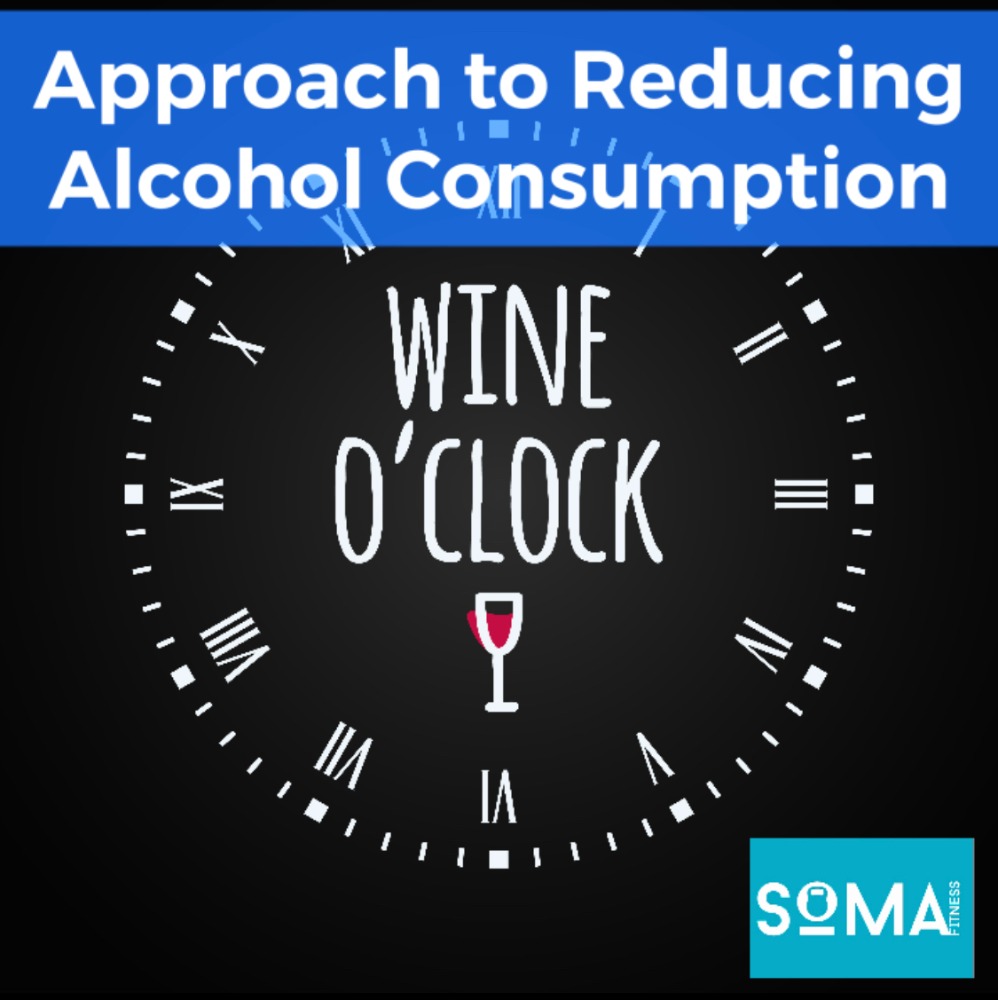
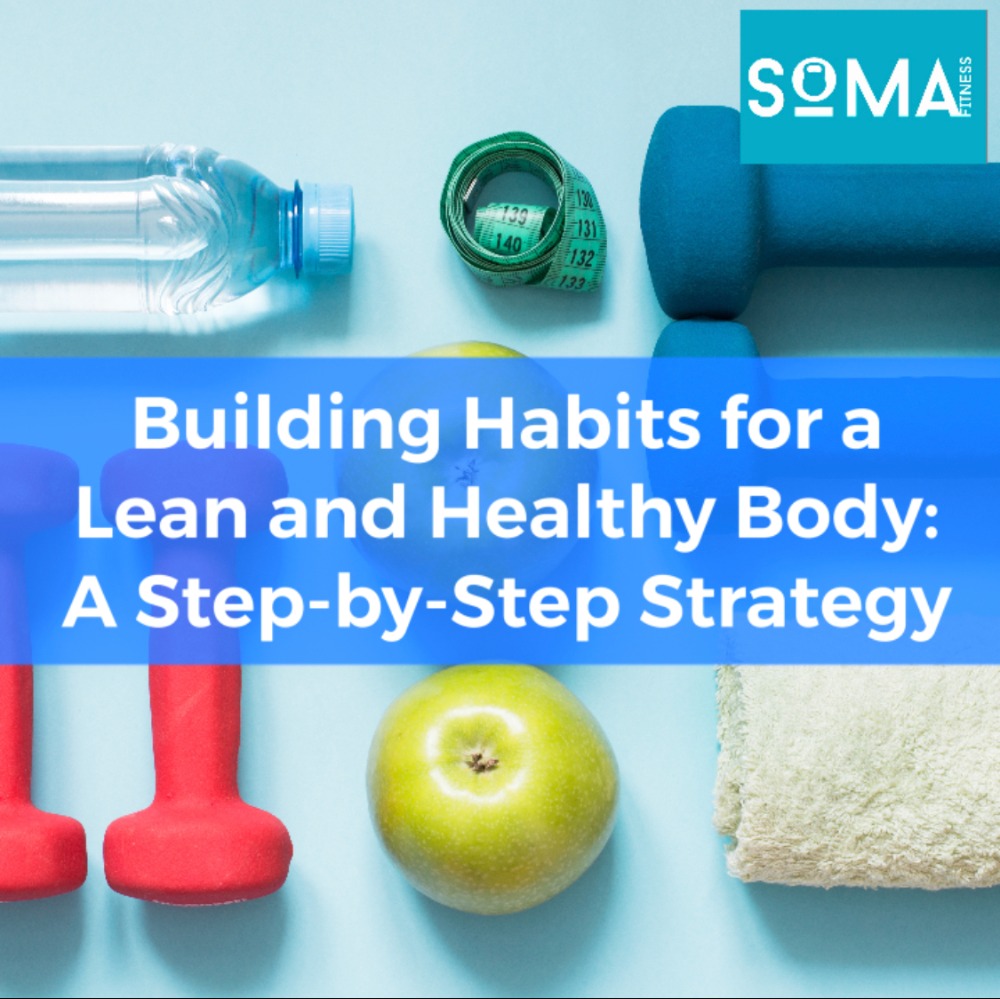
Recent Comments